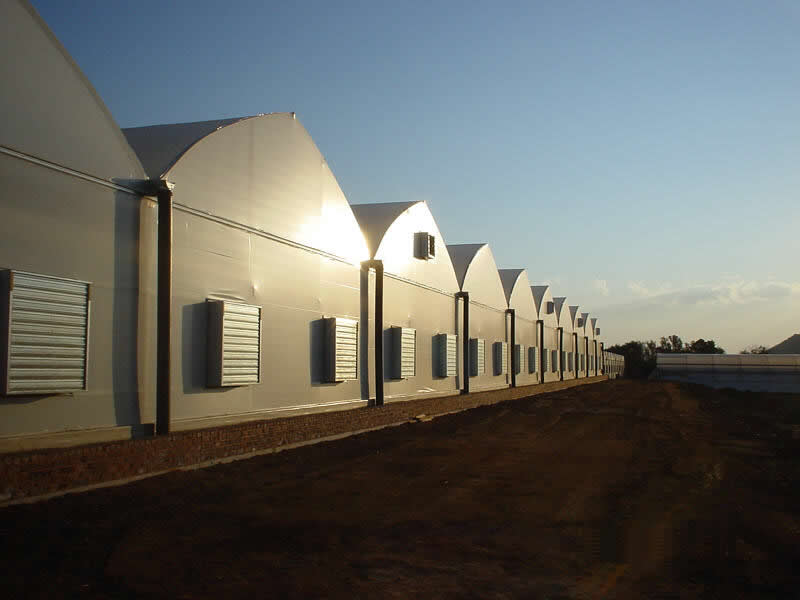Innovative Solutions for Efficient Cattle Feed Mixing and Management Techniques
Oct . 22, 2024 08:50 Back to list
Innovative Solutions for Efficient Cattle Feed Mixing and Management Techniques
Understanding Cattle Feed Mixers Importance and Benefits
Cattle farming is a significant industry that plays a crucial role in the agricultural economy. Ensuring the health and productivity of cattle is of paramount importance to farmers, and one of the critical ways to achieve this is through the proper formulation and mixing of cattle feed. Cattle feed mixers have emerged as indispensable tools in this process, offering a range of benefits that help optimize the feeding of livestock.
What are Cattle Feed Mixers?
Cattle feed mixers are specialized machines designed to combine various feed ingredients into a homogeneous mixture. These ingredients can include grains, protein sources, vitamins, minerals, and forage. The goal of using a feed mixer is to ensure that each animal receives a balanced diet that meets its nutritional needs, which can vary based on age, weight, breed, and production stage (such as lactation or growth).
Importance of Cattle Feed Mixers
1. Consistency in Feed Quality One of the primary benefits of using a feed mixer is the ability to create a consistent product. Consistency in feed formulation leads to uniform nutrient distribution throughout the feed. This uniformity ensures that every animal, regardless of its position in the feeding order, gets the same amount of nutrients, promoting overall herd health.
2. Enhanced Nutrient Absorption Properly mixed feed aids in better digestion and nutrient absorption. Cattle are ruminants, and the mixing process ensures that roughage and concentrate are blended adequately. This balanced combination enhances fermentation in the rumen, leading to improved nutrient utilization, resulting in better growth rates and milk production.
cattle feed mixers

3. Feed Efficiency and Cost-Effectiveness By using cattle feed mixers, farmers can optimize the feed formulation tailored to their specific herd's needs. This level of customization can lead to reduced feed wastage and optimized feed conversion ratios (FCR). Feed conversion ratio is a measure of an animal's efficiency in converting feed mass into increases in body mass. A better FCR translates to lower costs and improved profitability.
4. Convenience and Time-Saving Manual mixing of cattle feed can be time-consuming and labor-intensive. Feed mixers automate this process, significantly reducing the time required to prepare feed for the herd. The automation also reduces the potential for human error, ensuring that the feed is accurately mixed and safe for consumption.
5. Improved Herd Management Advanced feed mixers often come with technology that allows farmers to keep track of feed formulations and inventory. This capability provides valuable data insights, facilitating informed decisions regarding feed management and nutritional strategies for the herd. It assists in anticipating feed requirements based on growth rates and other production metrics.
6. Flexibility in Feed Formulation Cattle feed mixers allow for flexibility in feed recipes. Farmers can easily adjust the ingredients based on availability and cost, seasonal variations, or specific nutritional requirements. This adaptability is essential in today's fluctuating market where feed costs and ingredient availability can change rapidly.
7. Health Benefits for Cattle Properly mixed feed can also mitigate health issues in cattle. For instance, ensuring the right balance between fiber and concentrates can help prevent digestive disorders such as acidosis, which can occur due to uneven feeding or improper formulation. Healthier cattle are more productive, leading to increased milk yields and better growth rates.
Conclusion
Cattle feed mixers play a vital role in modern cattle farming, enhancing feed quality and efficiency while ensuring the health and productivity of the herd. By investing in high-quality feed mixing equipment, farmers can achieve a competitive edge in the marketplace, driving both profitability and sustainability. As the agriculture sector continues to evolve, the adoption of innovative practices and technology, such as the use of feed mixers, will remain crucial for the success of cattle farming operations. In this manner, cattle feed mixers are not just tools—they are essential components of effective herd management and sustainable agricultural practices.
-
Automatic Feeding Line System-Pan Feeder Nipple Drinker|Anping County Yize Metal Products Co., Ltd.
NewsJul.29,2025
-
Hot Sale 24 & 18 Door Rabbit Cages - Premium Breeding Solutions
NewsJul.25,2025
-
Automatic Feeding Line System Pan Feeder Nipple Drinker - Anping County Yize Metal Products Co., Ltd.
NewsJul.21,2025
-
Automatic Feeding Line System Pan Feeder Nipple Drinker - Anping County Yize Metal Products Co., Ltd.
NewsJul.21,2025
-
Automatic Feeding Line System - Anping Yize | Precision & Nipple
NewsJul.21,2025
-
Automatic Feeding Line System - Anping Yize | Precision & Nipple
NewsJul.21,2025






